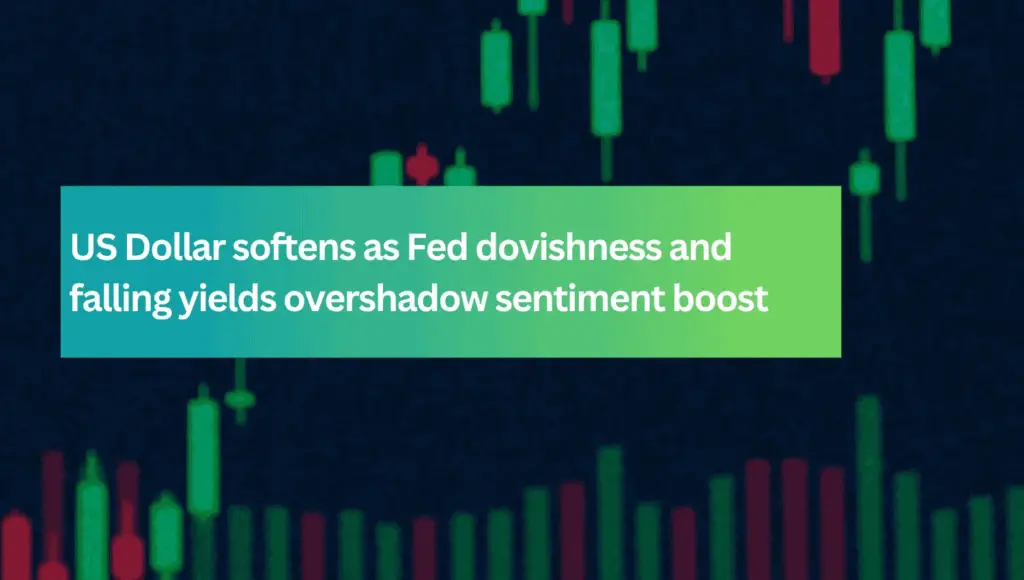Dollar falters on dovish Fed remarks

The U.S. dollar weakened on Friday as recent bullish momentum stalled, pressured by declining Treasury yields and unexpectedly dovish comments from Federal Reserve Governor Christopher Waller. Renewed criticism of the Fed by President Donald Trump further undermined investor sentiment, creating confusion about future monetary policy. Although the greenback pared some losses after stronger-than-expected University of Michigan consumer sentiment data was released at 10 a.m., early session weakness persisted throughout the day. The dollar index (DXY) ultimately slipped 0.23%, reflecting fragile market confidence.
Treasury yields retreat, housing data mixed
U.S. Treasury yields declined across the curve by 2 to 5 basis points, signaling caution about the economic outlook despite slightly steeper 2s-10s spreads. Mixed housing data added uncertainty: total housing starts exceeded forecasts, but the critical single-family segment fell 4.6% to an annualized rate of 883,000, suggesting underlying softness in economically sensitive areas.
Currency markets mixed amid shifting sentiment
EUR/USD rebounded modestly from recent lows, gaining 0.21% as dollar strength faded. In contrast, USD/JPY flipped briefly into positive territory (+0.11%) driven more by political uncertainty in Japan than true dollar resilience, with technical momentum stalling at the daily Ichimoku cloud. The Australian dollar recovered (+0.25%) initially but lacked sustained follow-through as broader risk appetite weakened. Sterling remained directionless, with GBP/USD down marginally by 0.04%, indicating uncertainty about the UK's economic trajectory. Yen crosses highlighted uneven sentiment, with EUR/JPY gaining 0.32%, GBP/JPY up 0.08%, and AUD/JPY climbing 0.37%, reflecting nuanced regional and risk dynamics.
Equity markets cautious amid renewed tariff fears
U.S. equities were cautious as the S&P 500 slipped by 0.09%, weighed down by fears that the Trump administration might soon impose substantial new tariffs—between 15% and 20%—on European Union goods, as reported by the Financial Times. This development rekindled trade anxieties and overshadowed the positive consumer sentiment reading. The blend of dovish Fed remarks and escalating tariff threats injected additional uncertainty into market sentiment, restraining bullish enthusiasm despite selective optimism elsewhere.
Commodity markets signal mixed risk appetite
Commodity markets diverged as investors navigated conflicting signals. WTI crude oil dipped slightly by 0.17%, reflecting investor uncertainty amid mixed U.S. economic data and concerns over Russian supply risks due to potential EU sanctions related to Ukraine. Copper surged impressively by 1.52%, buoyed by robust Chinese demand, optimism around U.S.-China trade relations, and improved global risk sentiment, marking a strong contrast to broader market caution. Meanwhile, gold rose 0.4% on dollar weakness and persistent geopolitical ambiguity, underscoring ongoing investor caution despite selective risk-taking elsewhere.
Overall, Friday's market dynamics highlighted investors' complex balancing act between hopes of global economic stabilization and ongoing risks posed by trade tensions and uncertain monetary policy directions.
